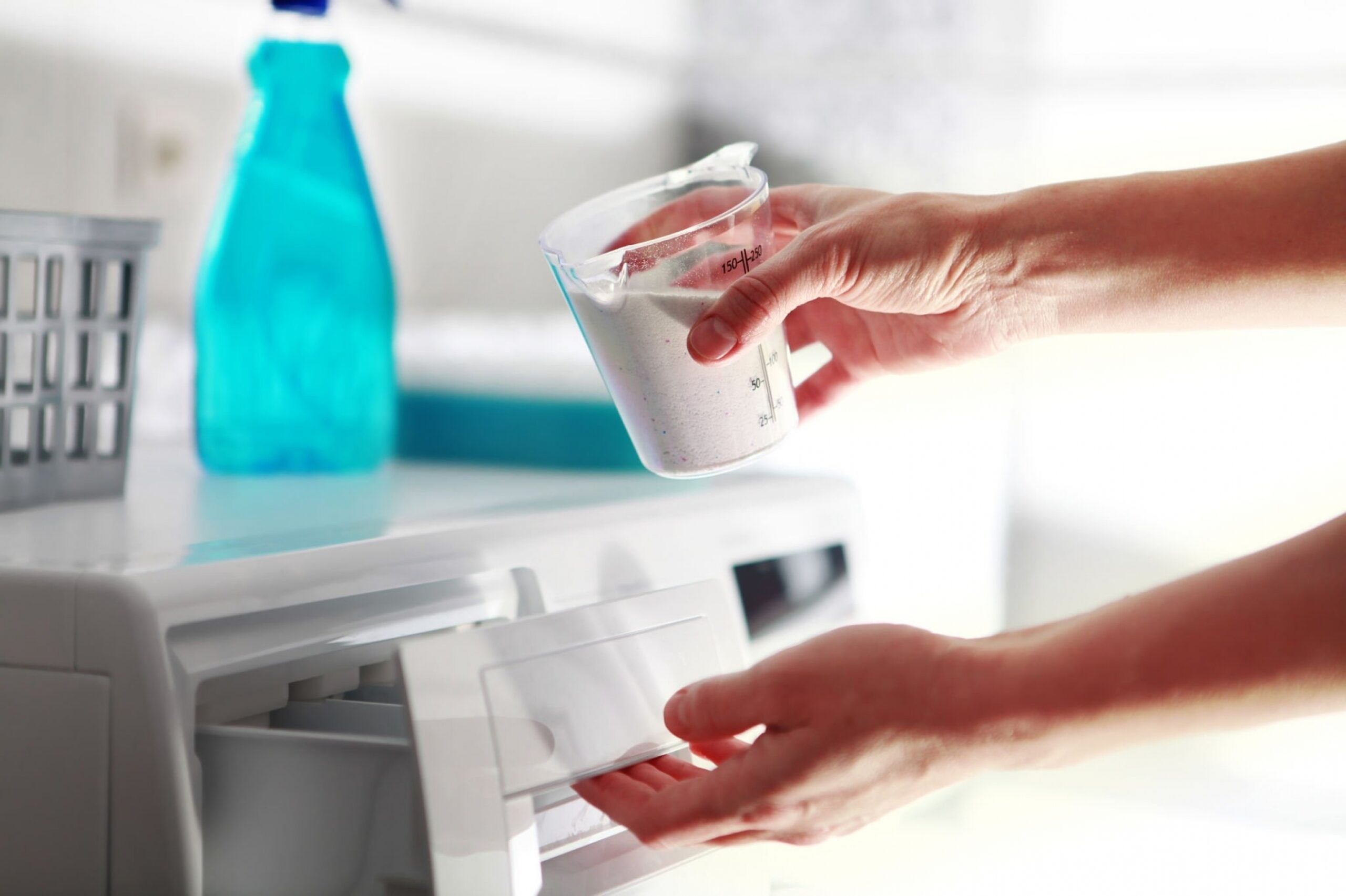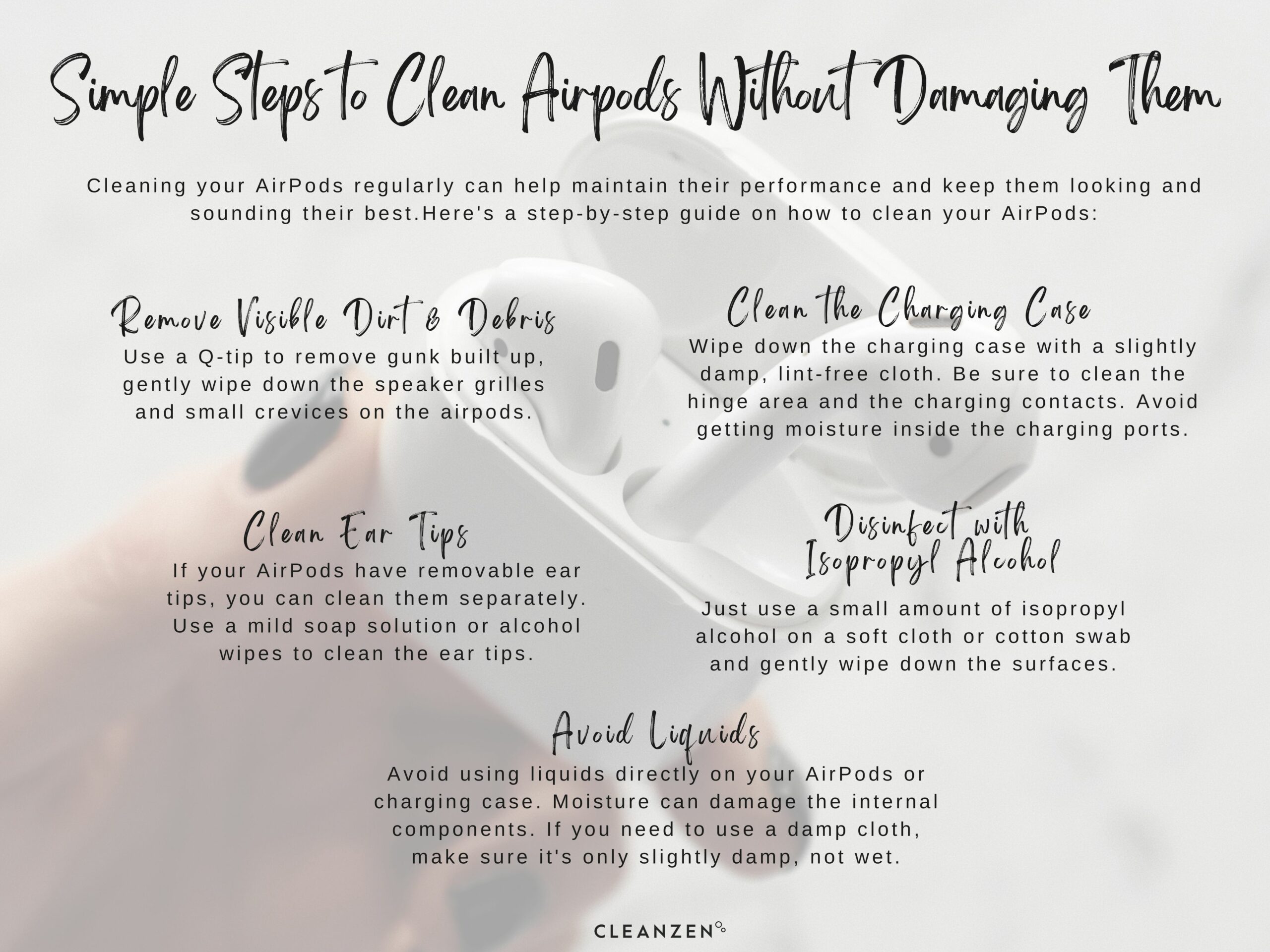
Cleaning like a pro can often mean getting creative with cleaning supplies. You’ve probably become very familiar with products like bleach and vinegar when it comes to keeping things clean and disinfected. But do you know what happens when you mix bleach and vinegar together?
Turns out, mixing these two effective products isn’t as good of a cleaning cocktail as you may think. Keep reading to find out why you should never, ever mix bleach and vinegar when you clean around your home.
Can You Mix Bleach and Vinegar?
Is mixing bleach and vinegar ever a good idea? The short answer is absolutely not. Along with a bit of a science lesson: When you mix chlorine bleach, which contains sodium hypochlorite, with vinegar this will create chlorine gas.
This is a highly dangerous chemical that’s actually deadly in high volumes. So even though it might seem like you’re intensifying your cleaning power by using bleach and vinegar at the same time, it is never safe to mix the two, even in very small amounts.
What Happens if You Mix Bleach and Vinegar?
Mixing any amount of bleach with even the smallest bit of vinegar creates a harmful chemical reaction best known as chlorine gas. What’s worse is that this toxic, and sometimes lethal, gas is completely invisible, so the only way to detect it is by smell.
The horrible and fast-acting side effects you will likely experience after being exposed to it are a clear sign of exposure as well. No matter how you may have been exposed to chlorine gas, you will know almost immediately due to the smell and symptoms. To find out what potential symptoms you may experience from chlorine gas, check out the list below.
Symptoms of Exposure
If you accidentally created and exposed yourself to chlorine gas without realizing it, you will most likely be exhibiting some very obvious symptoms. According to the CDC, the following are the most common symptoms of exposure to chlorine gas:

What to do After Mixing Bleach & Vinegar
If you have in any way mixed bleach and vinegar and been exposed to chlorine gas, the best course of action at the moment is to remain calm and move to fresh air. Here are the best methods for protection against chlorine gas exposure:
- If you accidentally created chlorine gas anywhere within your home, open as many windows around the space as possible and immediately call the American Association of Poison Control Centers, at 1-800-222-1222 for proper cleaning and disposal methods.
- If any combination of bleach and vinegar has contaminated your clothing, remove it immediately. Avoid pulling contaminated clothing over your head or face and place the clothing in a sealable plastic bag to be discarded by local authorities.
- If your eyes have started to burn, flush them with lukewarm water for 10 to 15 minutes, and do not use eye drops as they can worsen the situation.
- Remove any contacts or glasses and immediately shower in lukewarm water from head to toe without scrubbing. Use mild soap to clean your skin and DO NOT allow the water to run into your eyes, mouth, or nose.
Alternatives to Use Instead of Bleach & Vinegar
Instead of mistakenly reaching for bleach to boost the cleaning power of vinegar, try any of the following methods to avoid risking your home and family to harmful chlorine gas.

For Cleaning & Disinfecting:
Use Vinegar on its Own
As we said, plain old distilled white vinegar packs far more of a punch than many people may think. It can disinfect and brighten your laundry and even help remove soap and hard water residue. Because it is 80% effective against viruses and mold bacteria, it is an amazing solution for a more natural and safe disinfectant.
Even though it is a highly effective disinfectant, vinegar is non-toxic if ingested or inhaled, making it a strong alternative to bleach.
Baking Soda
If you are on the hunt for a great cleaning and whitening agent, baking soda is our favorite solution. Baking soda is great at fighting those hard-to-get-out stains on clothing, furniture, and floors. A small amount of baking soda can greatly improve the cleaning power of vinegar, lemon juice, and water.
While baking soda isn’t the top solution for disinfecting, it still has a wide variety of uses for cleaning and stain fighting around the house.
You probably already have a bottle of hydrogen peroxide in your first aid kit to clean up a cut, but it can do much more than that around your home. Hydrogen peroxide is a great natural alternative for treating bacteria, mold and fungal growth, as well as bad odors around the house in place of bleach.
If you usually use bleach to disinfect and clean surfaces, just grab a cloth and use a 3% solution of hydrogen peroxide to kill many types of bacteria including salmonella around the kitchen.
Lemon Juice
You can use hot water and lemon juice against mold and mildew stains, as well as on kitchen counters to kill bacteria and keep your home lemony-fresh. It works well to remove grime because the citric acid within lemon juice is a bonding agent.
This means it can stick to minerals and other particles in grime and dirt and help to dissolve them as you scrub the surface. Nothing works quite as well as lemon juice to make sure your home looks and smells incredible.
Castile Soap
Castile soap is an amazing natural soap that you can use as a bleach alternative for a variety of cleaning purposes including laundry, mopping, and cleaning countertops. While it is not a disinfectant like bleach, castile soap is still great at removing dirt, grime, and many surface stains.
You can create a cleaning solution by mixing ¼ cup of castile soap with about 1 quart of warm water. Depending on how much you use and how often you use it, you can either safely pour the dirty mixture down the sink or even save it in a spray bottle for next time.
For Laundry:
Oxygen Bleach for Laundry

Oxygen bleach is a gentle, non-toxic alternative to chlorine bleach for cleaning laundry, bathrooms, kitchens, etc. Although they might sound similar, the main difference between oxygen bleach and chlorine bleach is the active ingredients they contain and how they work to remove stains and whiten fabrics.
Oxygen bleach’s active ingredient is sodium percarbonate which works by releasing oxygen ions that break down stains and dirt, causing damage to fabrics or causing color loss like chlorine bleach might.
A Pinch of Salt
Regular old table salt can be another natural bleach alternative for removing stains and brightening fabrics like sheets, tablecloths, hand towels, and other white clothing. It is a natural mineral that can be used as an abrasive cleaning additive and can help break down stains and grime when mixed with small amounts of water.
You can create a thick paste of salt and water to use as a laundry pre-treatment for stains or to remove mildew in and around the bathroom. For safety, always follow all instructions when cleaning with salt around the house.
When in Doubt, Trust the Professionals
The best solution for avoiding the risk of mixing bleach and vinegar is by calling in a professional cleaning company. To make things super easy for you and your family, feel free to check out our green cleaning services! Using environmentally friendly products and equipment is important, especially around kids and pets.
Be sure to check out our blog for more cleaning tips and tricks and find out how to further avoid contaminating your home by mixing bleach and vinegar. We’re proud to offer a variety of friendly and affordable services and cleaning guides to our clients and we look forward to hearing from you!
The post Never Mix Bleach and Vinegar: Yes, It Can Kill You appeared first on Cleanzen.
from Cleanzen https://cleanzen.com/blog/mixing-bleach-and-vinegar/
via IFTTT

No comments:
Post a Comment